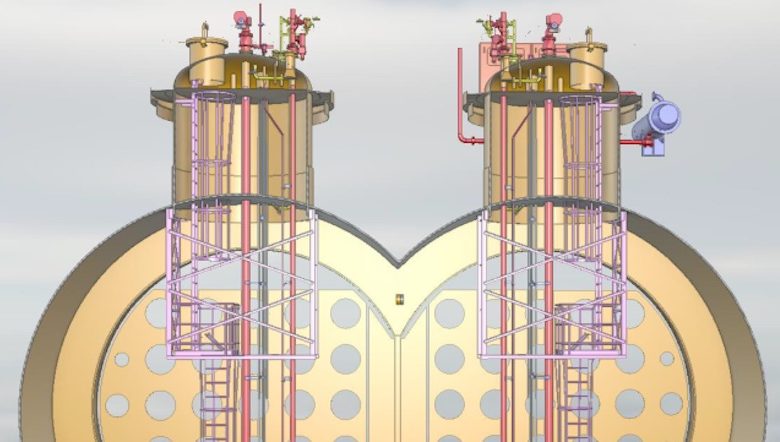Bilobe tank breakthrough paves way for upscaling of carbon capture projects

Two European companies have developed what they claim to be groundbreaking new vessel designs to advance maritime CO2 transport capacity and improve the viability of carbon capture and storage (CCS) chains.
Norway’s Høglund Marine Solutions, in collaboration with Germany’s HB Hunte Engineering, has developed a tank concept for LPG and CO2 transportation, based on existing, proven technology. This new system more than doubles current vessel cargo capacity to transport liquefied CO2.
Høglund and HB Hunte’s transportation solution uses a unique bilobe tank with a capacity of 8,000 cu m, drawing on cargo handling systems and tank designs that they have previously proven in LNG, LPG and other sectors. The development of this unique solution came following a proof of concept request from gas technology experts.
CCS is a core technology area in realising the important goal of a net-zero economy
The solution is readily available for use in existing tanker designs. It more than doubles the transportation capacity of liquid CO2 over current vessel capacity without the size, weight and stability concerns that would have come from a higher capacity monolobe design. It can be quickly adapted for LPG, giving extra flexibility to a vessel that uses them.
The tank configuration has a direct and positive impact for the use of different alternative material and reasonable fabrication processes while complying with the IGC Code.
Currently, the maximum capacity for transporting liquefied CO2 is approximately 3,600 cu m, or roughly 1,770 tonnes in dedicated CO2 tankers predominantly with specialist operators such as Larvik Shipping who have been transporting CO2 since 1988. However, as CCS chains develop, maritime transportation capacity needs to increase significantly, requiring innovation in tank design and cargo handling systems.
Commenting on the new design, David Gunaseelan, vice president of sales and marketing at Høglund, said: “With the global economy facing more pressure to reduce its carbon emissions, we must develop the technology for a viable CCS chain, and new ways of solving the complex challenges that come with upscaling CO2 transportation.”
Wolfgang Franzelius, director of sales and business development at HB Hunte, said: “CCS is a core technology area in realising the important goal of a net-zero economy. With new lines of finance emerging that support decarbonisation, we must develop the technology to achieve it at pace and scale. We are happy to team up with Høglund to support the development of safe and economical sea transport of captured carbon to a point where it cannot harm our planet.”
